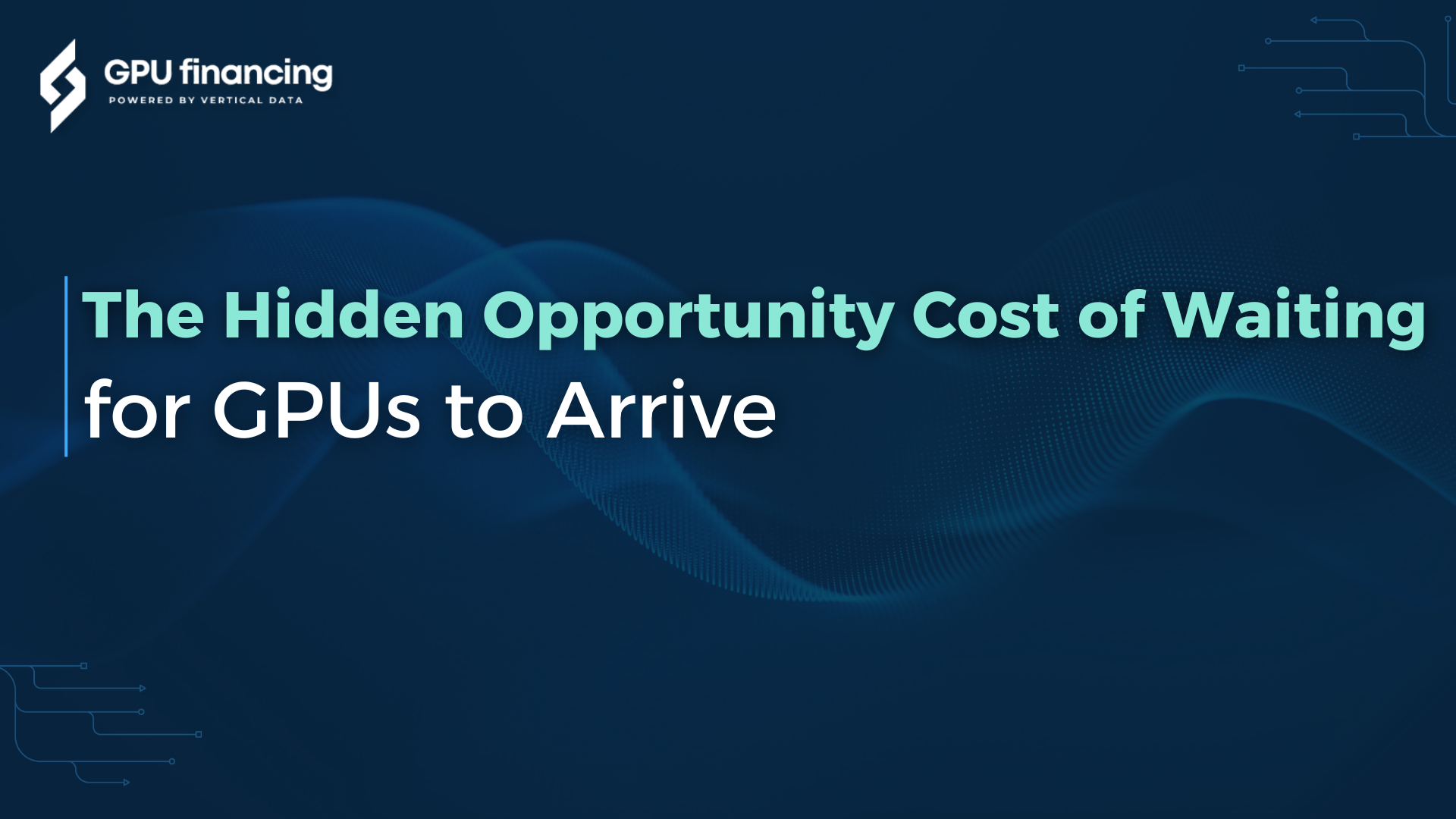In the rapidly evolving landscape of Artificial Intelligence (AI), Graphics Processing Units (GPUs) have become the indispensable engines driving innovation. From training complex machine learning models to powering advanced data analytics, GPUs are central to unlocking AI’s full potential. However, a persistent challenge for many organizations is the delay in acquiring these crucial components. While the direct costs of GPUs are evident, the hidden opportunity cost of waiting for them to arrive can be far more substantial, impacting a company’s competitive edge, innovation pace, and market position. This article delves into these often-overlooked costs and emphasizes the urgency of proactive GPU procurement.
The Tangible and Intangible Costs of Delay
The decision to wait for GPU availability, whether due to supply chain issues, budget constraints, or procurement delays, can trigger a cascade of negative consequences that extend far beyond the immediate hardware cost. These include:
1. Delayed Innovation and Product Development: AI development is a highly iterative process that relies heavily on computational power for training, testing, and refining models. Delays in GPU acquisition directly translate to delays in innovation cycles. A company unable to access the necessary computing resources cannot rapidly prototype new AI features, test hypotheses, or bring new AI-powered products to market. This stagnation can lead to falling behind competitors who are quicker to leverage AI for product enhancement and new offerings.
2. Loss of Competitive Advantage and Market Share: In today’s fast-paced digital economy, being first or among the first to market with an AI-driven solution can confer a significant competitive advantage. Prolonged waiting periods for GPUs mean missed opportunities to capture market share, establish brand leadership, and build a loyal customer base. Competitors who secure their GPU resources more efficiently can outpace slower-moving organizations, eroding their market position and long-term profitability.
3. Reduced Productivity and Operational Inefficiency: AI teams, data scientists, and researchers are highly skilled and highly compensated professionals. When these teams are idled or operate at suboptimal efficiency due to a lack of adequate GPU resources, it represents a significant waste of human capital. Projects take longer to complete, experiments run slower, and the overall productivity of the AI department suffers. This inefficiency translates directly into higher operational costs and a slower return on investment for AI initiatives.
4. Increased Cloud Computing Expenses: When on-premise GPU procurement is delayed, organizations often resort to cloud-based GPU instances to keep their AI projects moving forward. While cloud resources offer flexibility and immediate access, they can become significantly more expensive over time, especially for sustained, heavy workloads. The per-hour or per-minute cost of cloud GPUs, when accumulated over weeks or months of waiting for physical hardware, can quickly surpass the initial investment of owning the GPUs outright. This creates an unforeseen drain on budgets that could have been allocated elsewhere.
5. Talent Attrition and Recruitment Challenges: Top AI talent is drawn to organizations that provide them with the best tools and resources to do their work effectively. A persistent lack of access to high-performance GPUs can be a major deterrent for skilled data scientists and AI engineers. Frustration with inadequate infrastructure can lead to talent attrition, making it harder to retain existing employees and attract new ones. In a competitive job market, this can severely hamper an organization’s ability to build and scale its AI capabilities.
6. Missed Strategic Opportunities: Beyond specific projects, delays in GPU procurement can lead to missed strategic opportunities. AI is increasingly becoming a foundational technology that enables new business models, optimizes existing processes, and unlocks entirely new revenue streams. Companies that are perpetually waiting for essential hardware may find themselves unable to pivot quickly to capitalize on emerging AI trends or respond effectively to market shifts, putting their long-term strategic goals at risk.
Conclusion: The Imperative of Proactive GPU Procurement
The true cost of waiting for GPUs extends far beyond their sticker price. It encompasses lost opportunities, diminished competitiveness, reduced productivity, and potential talent drain. In an era where AI is rapidly becoming a cornerstone of business strategy, delays in acquiring the necessary computational infrastructure can have profound and lasting negative impacts.
For organizations serious about their AI growth goals, a proactive and strategic approach to GPU procurement is not merely an IT concern; it is a critical business imperative. This involves not only anticipating future needs but also exploring diverse procurement models, including partnerships with specialized financing providers like gpufinancing.com, to ensure timely access to these vital resources. By minimizing the waiting period for GPUs, businesses can unlock their full AI potential, accelerate innovation, and secure their position at the forefront of the AI-driven future.
